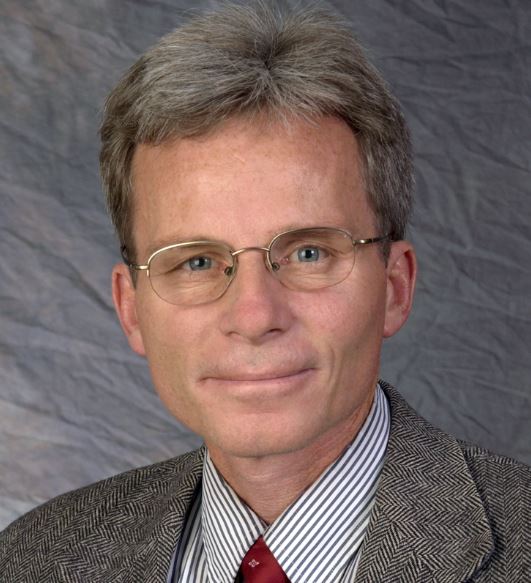NextGen Under a Different Rock Series: Bridges Over Troubled Waters: Assessing, Communicating and ... - Apr 15th

Complete Title: Bridges Over Troubled Waters: Assessing, Communicating and Reducing the Risk of Seismic and Tsunami Hazards in Indonesia
Online Only, you must pre-register to receive access instructions.
NOTE: You Must Be Logged In to Register.
Speaker: Ron Harris, Brigham Young University, and Geophysicists Without Borders
Analysis of coastal deposits and geomorphology throughout Java and islands to the east indicate that the Java Trench, formerly considered incapable of producing seismic events > Mw = 8, is a source of mega-thrust earthquakes and massive tsunamis that threaten the lives of over 1 million people. Several candidate tsunami sands inter-bedded with clay-rich deposits were found along with massive imbricate boulder ridges. Ridge and swale topography and co-seismic land level changes were also discovered.
Questionnaire surveys we conducted in coastal communities quantify specific misconceptions that increase risk of tsunami disasters. These include perceptions that tsunamis only happen in Sumatra, that a siren will warn of an approaching tsunami, and that using motorized vehicles is the most effective evacuation strategy. We made > 50 presentations that addressed these misconceptions to community leaders and citizens.
Efforts to reduce risk to tsunami hazards include numerical modeling involving a Bayesian analysis of probable tsunami scenarios based on known fault parameters of the subduction zones surrounding Indonesia. Particularly important are the collection and translation into Indonesian of historical accounts of past earthquakes and tsunamis. These models provide site specific predictions for expected run-up heights, numbers of people affected and evacuation routes and sites. We have also developed an app accessible through smart devices that shows who is most at risk and the shortest routes to use for evacuation.
The most effective approach to communicating tsunami hazards risk and increasing efficacy at the local level is sharing and practicing the simple 20-20-20 rule. This rule connects the length of shaking time from an earthquake (> 20 seconds) with the response time (<20 minutes) and the evacuation target (20 meters elevation). This rule has now been adopted by the Indonesian government and is incorporated into their new integrated, multidisciplinary approach that emphasizes self-evacuation based on natural warnings.
We have also trained many university faculty and students, and staff from the Indonesian disaster mitigation agencies, to conduct Vs30 measurements. These measurements provide a proxy for estimating the relative shaking intensities for densely populated areas at seismic risk throughout the country. Recent earthquakes have affected some of the areas where we obtained Vs30 measurements. As a result, we were able to compare estimates of damage from the measurements with actual damage from the earthquake. With these data the cities in Indonesia with the highest risk cities of seismic hazards and make expected shaking intensity maps that inform building codes.
Speaker Biography: Ron Harris, Brigham Young University and Geophysicists Without Borders
Dr. Ron Harris is a Professor of Geological Sciences at BYU who specializes in mountain building processes and associated geological hazards. He was born and raised in Oregon and received his BSc. in Geological Sciences from the University of Oregon. He obtained a Masters Degree in Geophysics from the Geophysical Institute of Alaska, and a PhD in Geodynamics from University College London in the U.K. He has published 75 papers, books and been invited to give >100 talks throughout the world.
Ron has worked for oil, mining, and environmental companies, for the US Geological Survey, and with the governments of several developing countries. His pioneering research involves advances in natural disaster mitigation. Ron is the founder of the non-profit organization “In Harm’s Way” that identifies areas of the world most vulnerable to natural disasters, and works with community-based organizations in these areas to assess and communicate risk, and implement effective disaster risk-reduction strategies, Thousands of lives have been saved!
**Access information will be sent to all registrants after registration closes.
Price List:
|
Pre-Registered |
Member
|
Free |
| Non-Member |
$10 |
** Please be aware that ALL registrations must go through 'Checkout', even if your total is zero. Registration is not confirmed until you complete the checkout process.